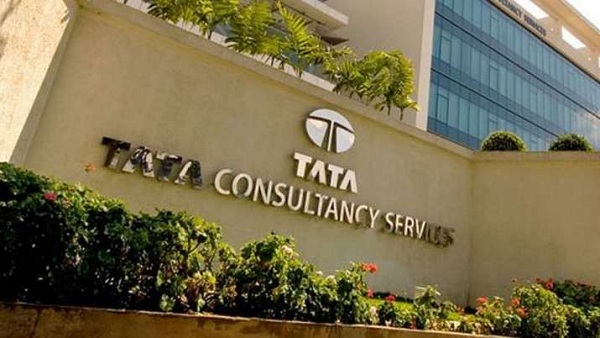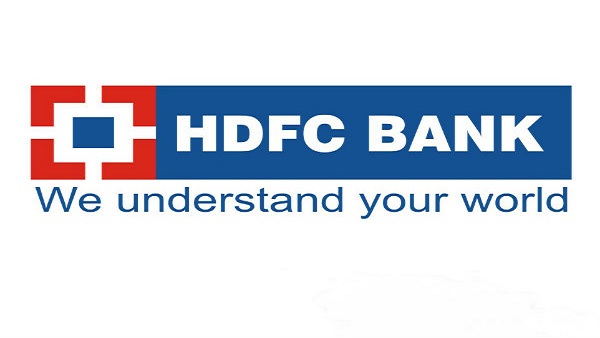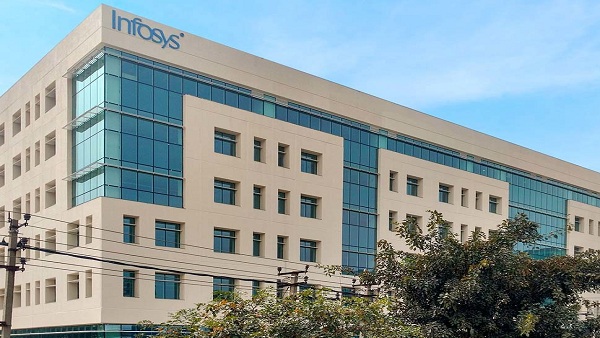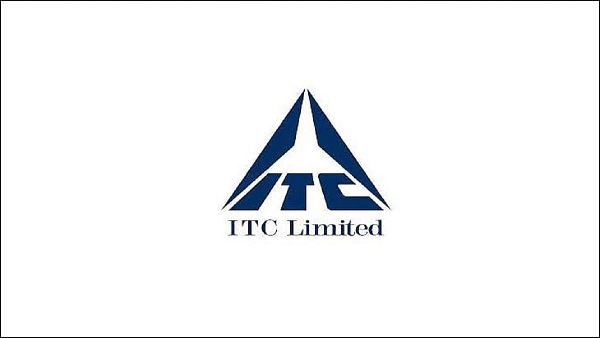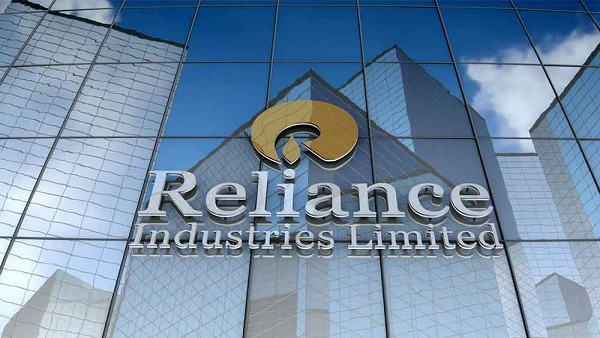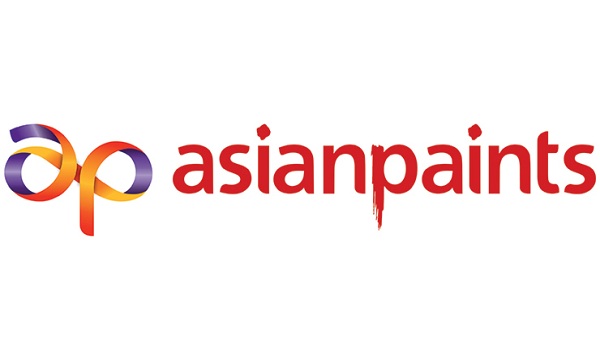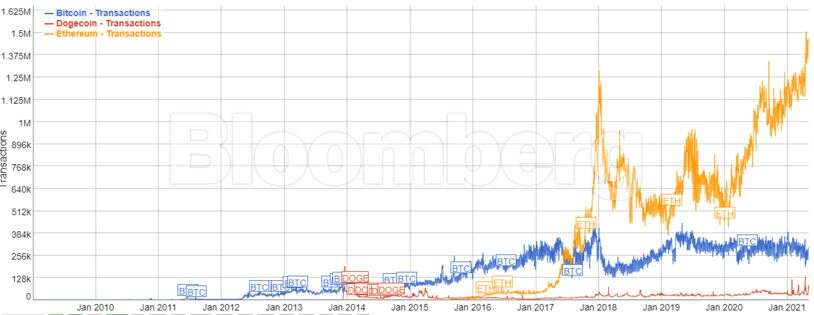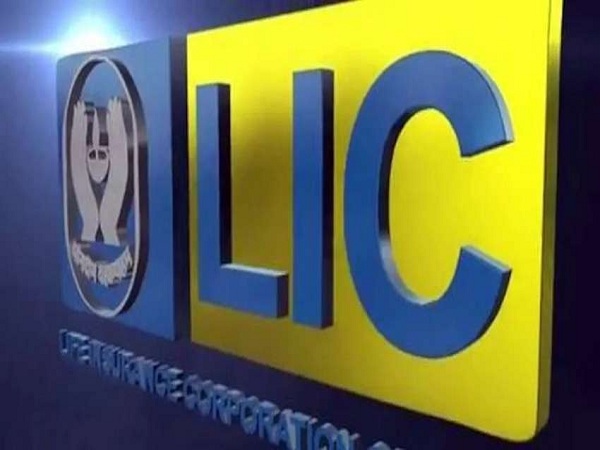Four things you probably didn’t know about InvITs
[ad_1]
Read More/Less
With IndiGrid Investment Trust’s (InvIT) bond offer and PowerGrid InvIT’s IPO both hitting the markets last week, there was much curiosity about this relatively new asset class. But there was a lot of misinformation too. While some folks urged investors to look out for a grey market premium in the PowerGrid InvIT, others compared the high ‘yield’ on InvITs to bank deposit returns. Here are four features of InvITs that you probably weren’t told about.
No assured yield
The attractiveness of an InvIT is usually showcased in terms of its ‘high yield’ compared to bank FDs or bonds. An InvIT’s yield is calculated as its distribution per unit divided by its market price. But unlike a bond, an InvIT’s ‘yield’ is neither fixed nor guaranteed.
When you invest in a bond, the issuer company promises to pay you a fixed interest at regular intervals and repay your principal on maturity, irrespective of how its business fares. If its sales or profits take a hit, it will ordinarily not stop paying interest or the maturity amount, as it will then be branded a defaulter. In the case of an InvIT though, the issuer makes no promise to pay out a fixed distribution. The periodic distributions depend entirely on how the business performance.
An InvIT owns a portfolio of completed and cash-generating infrastructure assets, usually through special purpose vehicles (SPVs). It acquires these assets using own equity or debt. It passes on 90 per cent of cash flows from these assets to investors by way of distributions. Now, infrastructure projects are usually long-gestation and high-risk and therefore need to generate high returns to compensate. This is what makes for a high cash flow ‘yield’ from most InvITs. But the risk attached to infrastructure projects also affects the predictability of those cash flows. An InvIT’s distribution depends on many moving parts – returns from projects (tolls in road projects, fixed fee in power transmission etc), dividends or interest from SPVs and interest or debt repayments on the loans taken.
IndiGrid InvIT has distributed ₹12 per unit in the last couple of years on an original issue price of ₹100 per unit. This comes mainly from charges earned on the power transmission lines owned by it. Should the lines go down due to a technical glitch or tariffs get cut by regulators, revenues can fall and so will its distributions. IRB InvIT, which owns a portfolio of toll roads, has seen fairly big swings in its annual distributions owing to traffic fluctuations and events such as farmer protests and Covid. From ₹12.25 per unit in FY19, it fell to ₹10 in FY20 and further to ₹6 in the first nine months of FY21. Apart from their income, InvITs also sometimes distribute capital to investors which can be quite lumpy.
Risk of capital losses
In bonds or NCDs, if you pick high quality issuers, you’re usually sure that you’ll get back principal at maturity. With InvITs, your capital value depends on the traded price of units. When you need the money, you need to exit at traded prices that will decide your capital gains or losses. InvITs are required to get their portfolio of infrastructure assets valued periodically by independent valuers and publish this as their NAV or enterprise value. This is the ‘fair value’ of the InvIT. But the market price, just like for shares, can trade at a premium or discount both the fair value and the issue price.
The NAV of an InvIT should ideally move up over time as it expands its portfolio by adding high-return assets and shedding low-return ones. But regulatory and macro risks can affect the valuation of this portfolio. IRB InvIT, which owns toll roads, has seen its NAV dip from over ₹124 in September 2017 to ₹101 by September 2020. But the market price has consistently remained at a discount to NAV, with many risks cropping up around toll revenues. The InvIT’s price fell to ₹27 in April 2020 and is at Rs 54 now against an issue price of ₹102. IndiGrid InvIT is at ₹126 now but was at ₹80-90 levels for a long spell in 2019-20, below the issue price of ₹100.
Multiple layers of fees
Unlike MFs where all the costs charged to you are packaged into a single total expense ratio (which is capped by SEBI), InvITs charge multiple layers of fees on which there is no regulatory cap. InvITs usually pay a flat fee to their trustee for overseeing whether the investment manager and sponsor are performing their functions correctly.
Then, there’s the investment manager in-charge of managing the portfolio, ensuring that the assets generate adequate returns and managing the level of borrowings. The manager earns an annual fee as a percentage of the InvIT’s gross or net revenues. IndiGrid InvIT for e.g. pays 1.75 per cent of revenues from operations minus operating expenses, as the manager fee. InvITs also pay project managers a percentage of their operating expenses to ensure their assets are maintained in running condition. IndiGrid’s project manager earns a 10 per cent fee on gross expenses incurred on operating and maintenance costs.
Complex taxation
Finally, compared to NCDs, shares or MFs, the taxation of your returns from an InvIT is a complicated affair. While the InvIT itself is treated as a pass-through entity in some respects, the cash flows it passes on to you is taxed based on where it came from. Interest income distributed by an InvIT is taxable at your slab rate.
Dividend income it distributes from SPVs is taxable at your slab rate, if the SPV has opted for a concessional tax regime. Capital gains on listed InvIT are taxed at a short-term rate of 15 per cent plus surcharge if held for less than 36 months and long term gains at 10 per cent if held longer. Overall, InvIT can make your tax filings quite a chore.
[ad_2]




